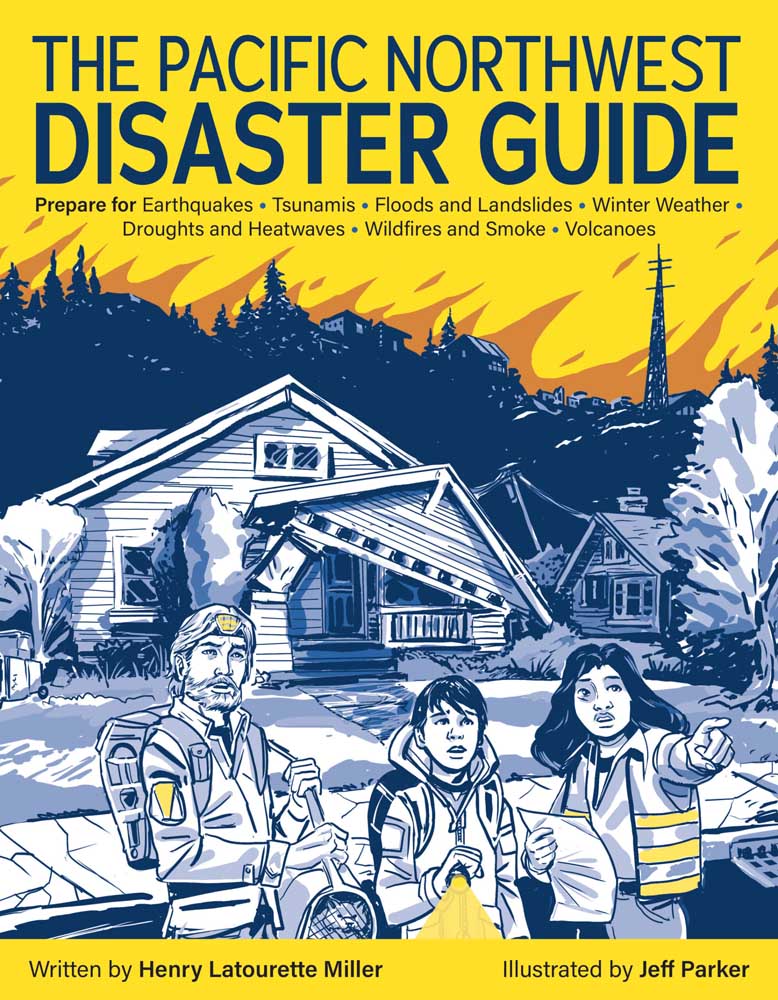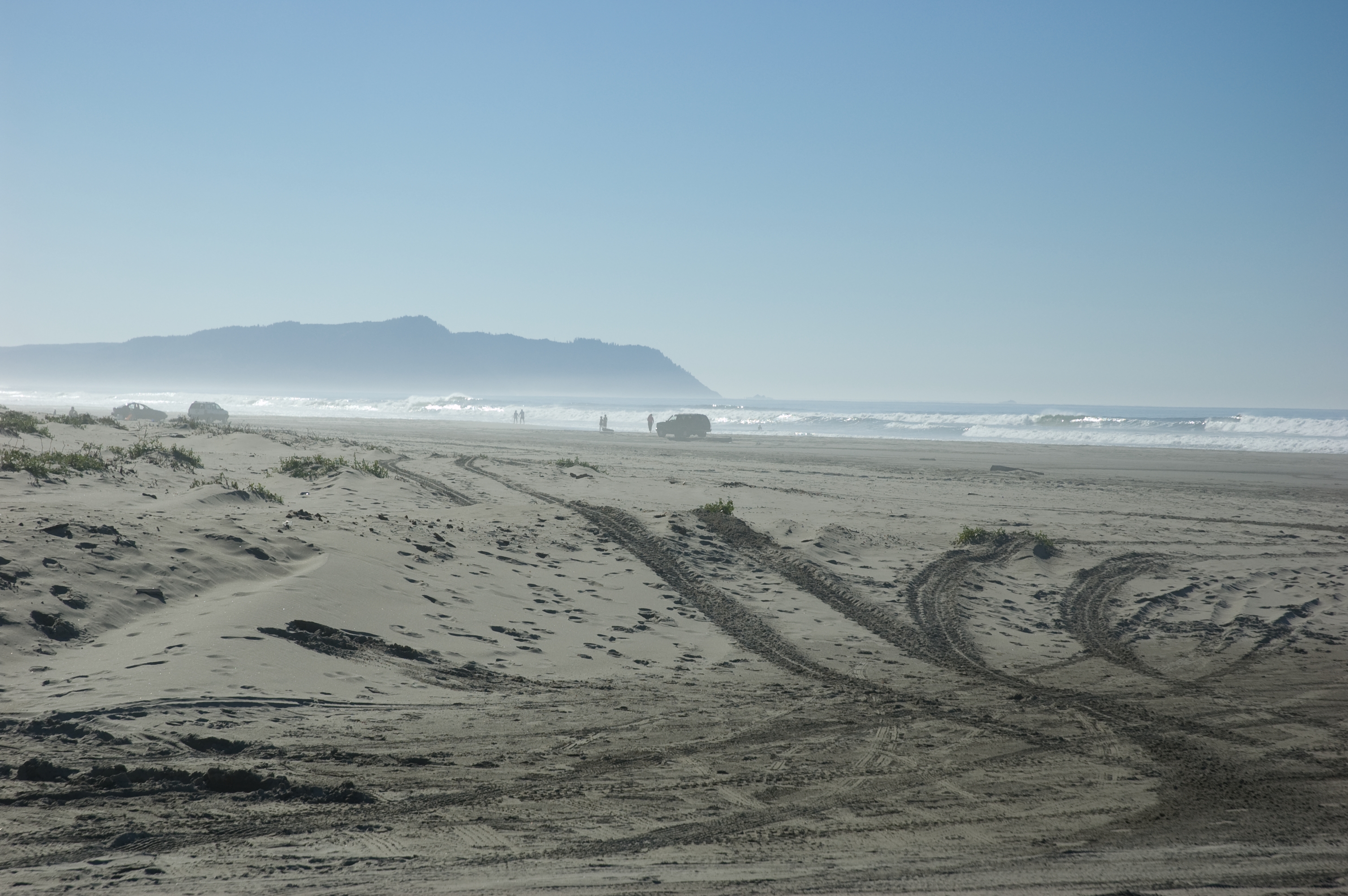Bookmonger: Graphic novel shares helpful disaster tips
Published 9:00 am Monday, December 16, 2024

- “The Pacific Northwest Disaster Guide” by Henry Latourette Miller, with illustrations by Jeff Parker. The graphic novel-style book offers readers helpful preparation skills for natural disasters.
Here’s a book that contains great advice for everyone living in the Pacific Northwest, with some particularly helpful information for those living and playing near the coast. “The Pacific Northwest Disaster Guide” has just come out from Ooligan Press.
Presented in graphic novel style, this book tackles every natural disaster you can think of for our region: tsunamis, earthquakes, winter weather, landslides, floods, heat waves, drought, wildfires and smoke, and — further inland — volcanic eruptions.
As alarming as all that sounds, the book avoids being a doom-and-gloom dump, instead depicting ordinary people as agents of their own successful responses to calamity.
Conceived and written by Portland-based city planner and journalist Henry Latourette Miller, this guide offers an immensely helpful array of resources and response tactics.
“The Pacific Northwest Disaster Guide” by Henry Latourette Miller, illustrated by Jeff Parker
Ooligan Press — 176 pp — $16.99
It is expertly illustrated by another Portlander, Jeff Parker, who’s had a long career in comic book writing (“Agents of Atlas,” “Aquaman,” “X-Men First Class,” and others). For this volume, however, Parker sticks to a diverse cast of human beings, with just a couple of special guest appearances by a Sasquatch.
Each natural disaster gets its own chapter, and features a different family or group of friends as they work together to anticipate problems and cope with difficulties that crop up after a disaster strikes.
College roommates decide to evacuate when flooding threatens to overwhelm their campus, for example.
Different story panels offer tips on how to prepare in advance (clear drains and gutters of debris, establish sandbag barriers, etc.) They also depict decision-making points and demonstrate how to evacuate safely (avoid elevators and tunnels, and don’t wade through floodwater without using a sturdy stick for stability and to check for unexpected surprises).
At the end of each illustrated narrative, a short quiz helps readers review the safety tips and practices covered in the story.
After all of the natural disaster types have been addressed, there are additional chapters on how to establish your own preparedness practices. These include figuring out a household reunification plan in the event of an emergency, assembling a home emergency kit if you need to hunker down at home for a while, and packing a ready-to-go bag, in case you need to flee without much advance notice.
As alarming as all this sounds, the book does a reassuring job of presenting solutions for every scenario. The checklists, illustrated emergency skill techniques and resource lists will help readers establish a stronger degree of resilience and self-sufficiency, but the book also emphasizes the importance of checking in with neighbors and others in the community who may need help.
In the book’s acknowledgments, the author talks about how getting this book written and published was itself an exercise in resilience, persistence and community support.
The end result is worthwhile. This could make a good gift for the holiday season, or it could be just the nudge a reader needs to resolve to be better prepared for whatever comes in the new year.









